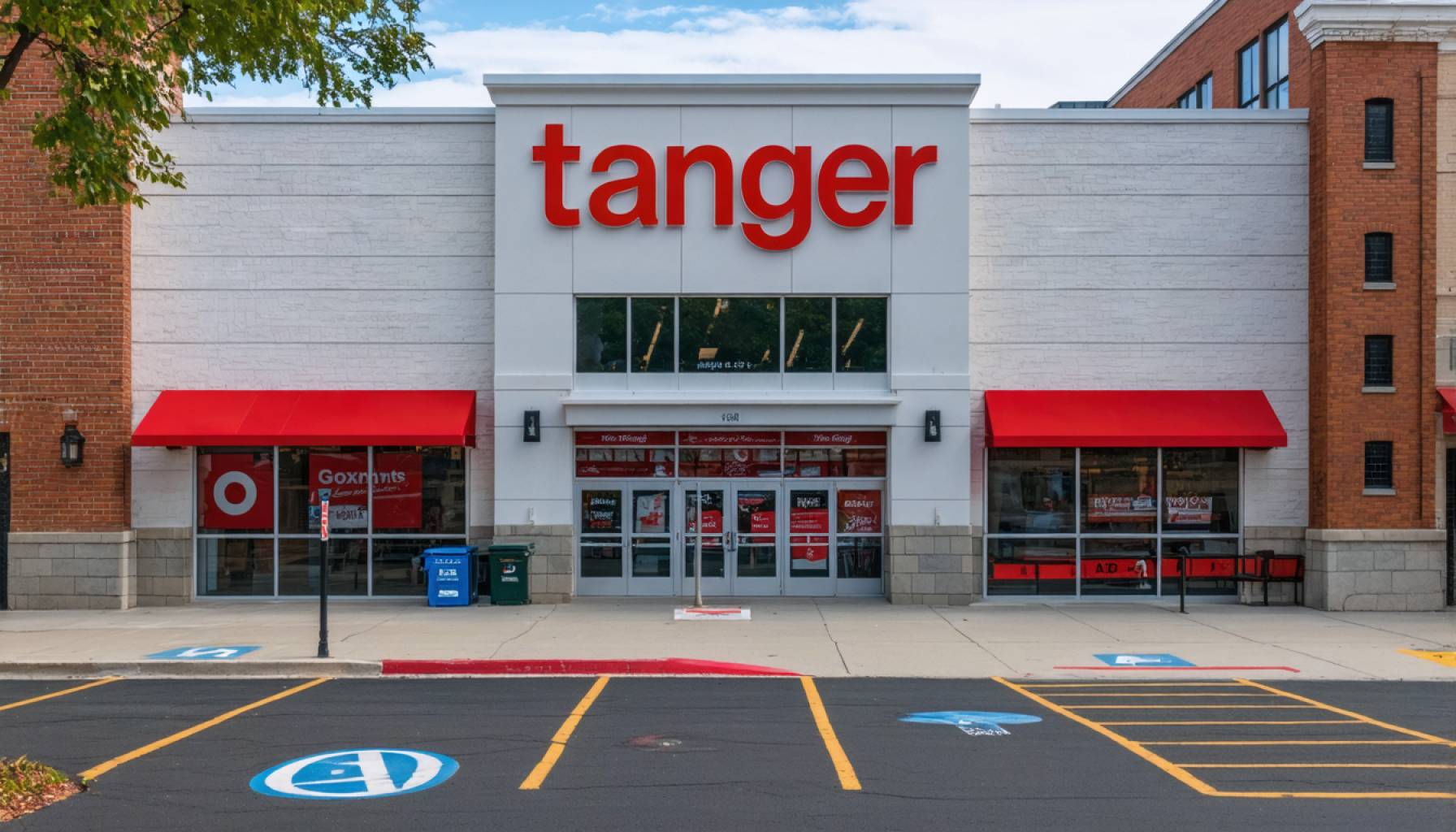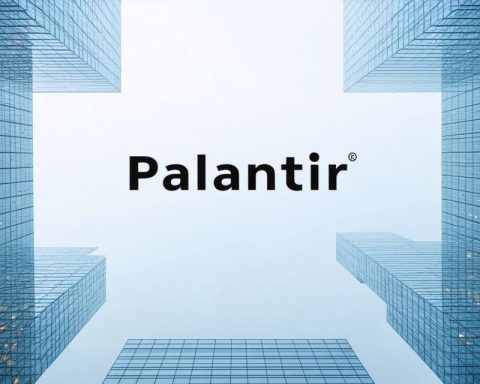- Tanger’s post-pandemic recovery showcases vibrant growth, with occupancy rates at a decade high across its 42 outlet centers.
- Upcoming rental renewals and strategic acquisitions in Little Rock and Cleveland aim to boost profitability via improved tenancy and rents.
- With a net debt of $1.5 billion primarily fixed and unsecured, Tanger maintains financial prudence and offers a 3% dividend yield.
- Target reports a robust holiday season, driven by a 9% increase in digital sales and higher demand for apparel and toys.
- Consistently paying dividends since 1967, Target provides a 3.5% yield, adapting nimbly to economic challenges.
- Tanger and Target exemplify resilience and strategic foresight, appealing to investors seeking dividend stability and growth.
In the world of dividends, discerning investors seek not just yield but stability and growth. Enter Tanger and Target, two stalwarts of the retail sector that beckon with their robust potential.
Tanger appears as a phoenix rising post-pandemic, vibrant and promising. Its 42 outlet centers across the U.S. and Canada now stand at peak occupancy rates not seen in over a decade, a testament to strategic recovery and innovation. The upcoming renewal of 40% of its rental base within the next two years heralds a fresh chapter of opportunities. The strategy? Transforming acquisitions into sparkling jewels of revenue. Consider Tanger’s recent $73 million and $167 million investments in promising locales like Little Rock, Arkansas, and Cleveland, Ohio. Both acquisitions hold untapped value, poised to increase profitability with improved tenancy and rising rents.
Financial prudence underpins Tanger’s operations. With a comfortable net debt of $1.5 billion—mostly fixed and unsecured—the company avoids surprises from fluctuating interest rates. A 3% dividend yield complemented by controlled debt signals a solid foundation for dividend enthusiasts.
Meanwhile, Target navigates the nuanced dance of retail challenges with grace. Its holiday sales reveal a vibrant picture—2% comparable sales growth fueled by an impressive 9% surge in digital transactions. There’s a vivid buzz surrounding Target’s aisles, as patrons flock to purchase apparel and toys, areas long dormant that now promise revitalized revenue streams.
With a well-established dividend lineage—unbroken since 1967—and an appealing 3.5% yield, Target stands resilient amid economic shifts. Although future challenges loom as economic conditions evolve, the company offers rewarding prospects for those steeled to withstand short-term adversities.
Tanger and Target, through their strategic acumen and financial resilience, illuminate the path for dividend investors seeking stability intertwined with growth.
Unlocking Dividend Potential: Tanger and Target’s Retail Resurgence
How-To Steps & Life Hacks
Investing in Dividend Stocks Like Tanger and Target:
1. Research Financial Health:
– Investigate the balance sheets, focusing on net debt, interest rates, and revenue trends.
– For Tanger, note its strategic investments and peak occupancy rates, indicating growth potential.
– For Target, review digital sales growth and sector diversity.
2. Evaluate Dividend History:
– Look into historical dividend payouts to understand consistency and reliability.
– Target has an unbroken dividend record since 1967; Tanger offers stable yields with strategic debt management.
3. Analyze Market Conditions:
– Stay aware of broader economic conditions impacting retail and real estate sectors.
Real-World Use Cases
Tanger:
– Renewal Opportunities: The upcoming renewal of 40% of its rental base suggests potential negotiation power for higher lease rates, improving cash flows.
– Revenue from Acquisitions: Recent large investments aim to transform acquired properties into revenue contributors.
Target:
– Revitalizing Dormant Sectors: Target’s recent growth in apparel and toys illustrates potential sales booms in traditionally underperforming segments.
– Digital Integration: Increasing digital transactions by 9% indicates successful omnichannel strategies.
Market Forecasts & Industry Trends
Retail Sector Outlook:
– Brick-and-Mortar Resilience: With physical retail locations showing resilience post-pandemic, occupancy rates like Tanger’s could become a benchmark.
– E-Commerce Integration: The surge in digital transactions at Target underscores a trend of integrating online and offline shopping experiences.
Controversies & Limitations
Potential Challenges:
– Economic Variability: Both companies might face challenges from changing economic conditions, impacting consumer spending power and interest rates.
– Retail Shifts: Tanger’s reliance on brick-and-mortar could be a risk if online shopping dominates.
Features, Specs & Pricing
Target’s Dividend Policy:
– Dividend Yield: 3.5% yield with a strong history dating back to 1967.
– Financial Strategy: Agile adaptation to economic shifts while maintaining dividend sustainability.
Tanger’s Strategic Moves:
– Dividend Yield: A stable 3% yield supported by controlled debt.
– Property Investments: Significant acquisitions like Little Rock, AR, and Cleveland, OH poised for revenue enhancement.
Reviews & Comparisons
– Tanger vs. Target: Target offers a longer historical dividend record and a slightly higher yield. However, Tanger provides growth prospects through strategic real estate development.
Insights & Predictions
Investor Considerations:
– Diversified Portfolios: Incorporate a mix of retail giants like Target and REITs like Tanger for balanced exposure to dividends and growth.
– Economic Adjustments: Be prepared for near-term economic shifts impacting retail sectors differently.
Pros & Cons Overview
Tanger:
– Pros: High occupancy, strategic acquisitions, stable debt management.
– Cons: Dependence on physical retail locations, potential economic disruptions.
Target:
– Pros: Resilient dividend payouts, effective digital strategy, sector diversity.
– Cons: Economic conditions affecting consumer spending and holiday sales growth.
Actionable Recommendations
1. Balance Stock Selection: Mix stable dividend payers like Target with growth opportunities like Tanger for a risk-adjusted portfolio.
2. Monitor Economic Indicators: Keep an eye on interest rates, consumer confidence indices, and retail sector performance.
3. Reevaluate Yearly: Continuously assess the financial health and market position of these companies relative to broader economic conditions.
For well-rounded investment advice, resources such as Morningstar and Forbes provide comprehensive market analysis and stock insights.









